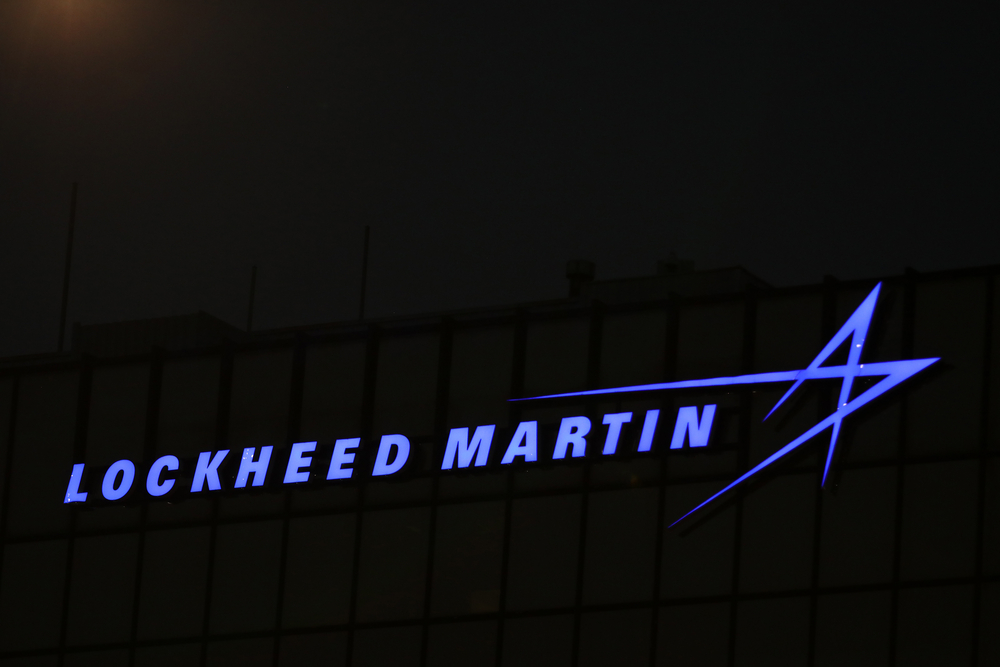
On Friday, February 17, the United States Navy awarded a $1.2 billion deal to defense contractor Lockheed Martin to deliver brand-new hypersonic missiles. The ballistics will be available to the Army and Navy but will be specifically designed to outfit the Navy’s Zumwalt-class destroyers. The Department of Defense comments the contract will also include special tooling and equipment to support missile production as well as systems integration, engineering development, and long lead material.
Lockheed Martin, of course, is a long-time major military contractor. More importantly, though, they are the designated integrator for what is collectively known as the hypersonic weapon program. The Navy calls this program Conventional Prompt Strike, while the Army has given it the moniker Long Range Hypersonic Weapon. Effectively, these two are similar as they use the same round of ammunition but with different launching systems.
Regarding distinctive launching systems, the Lockheed Martin hypersonic missile contract will have the ballistics manufacturer outfit the US Navy with new launchers. They will also be expected to provide services like weapon control, all-up rounds, and other integration work to link the missiles with the Navy’s existing fleet of Zumwalt destroyers. On top of this, the contract will also cover additional canisters and rounds for the US Army as the service hopes to implement the new weapon on truck-based launching systems.
The Navy has already awarded a contract to HII’s Ingalls Shipbuilding to modify the existing first-in-class Zumwalt ship fleet in anticipation of the new missile installation. Zumwalt ships require significantly larger launchers than the traditional Mk41 vertical launching systems that are common to other ships. Accordingly, HII anticipates they will complete these modifications sometime in the fourth quarter of 2025. When they do, the Navy will be able to start testing the integrity and functionality of the system’s ship-weapon integration.
Lockheed Martin vice president of Hypersonic Strike Weapon Systems, Steve Layne, comments that the company “continues to advance hypersonic strike capability for the United States through this new contract.” He also makes sure to note that preliminary designs are already being drafted.
